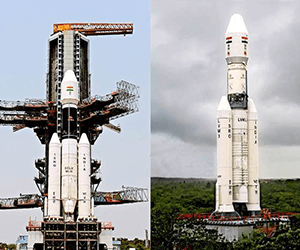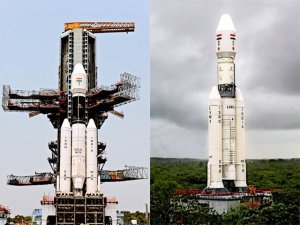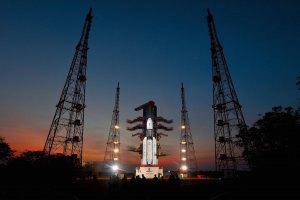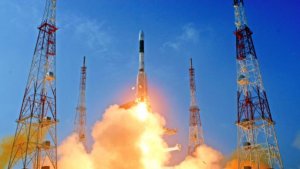
THREE THINGS TO KNOW ABOUT GSLV MK III SATELLITE
On June 5th 2017, The Indian Space Research Organisation (ISRO) successfully launched its heaviest rocket Geosynchronous Satellite Launch Vehicle-Mark III (GSLV MkIII) from the second launch pad of the Satish Dhawan Space Centre at Sriharikota, Andhra Pradesh. This three-staged vehicle, having four tones of capability and post 10 tonnes in lower orbit, is the first rocket to be launched from Indian soil to carry heavy payloads and humans into the orbit.
Here are the three things you need to know about this satellite that is set to revolutionize the communication mechanism in India:
1. India’s Heaviest Rocket :

The India’s heaviest rocket weighs 640 tonnes and is capable of launching satellites weighing four tonnes in the Geosynchronous Transfer Orbit (GTO). This will allow India to deliver large payloads and ferry astronauts in space. These astronauts are likely to be named ‘gaganauts or vyomanauts’. It is also the shortest rocket with a height of 43 meters.
2. Longer Lifespan :
With the lifespan of 10 years, this multi-beam satellite will carry Ka and Ku-band payload along with GRASP payload to monitor and understand the nature of charged particles and the impact of space radiation on electronic components. This will end the dependency of ISRO on foreign launchers for communication satellites, weighing more than 2,300 kg. Also, the satellite, equivalent to having a group of six to seven communication satellites, will help in improving broadcasting and telecommunication areas of India.
3. India’s First Full Functional Rocket :

This will be India’s first full-functional rocket to be tried out with a cryogenic engine that uses liquid oxygen hydrogen at -253-degree Celsius and liquid hydrogen at -195-degree Celsius. Due to this low temperature requirement, the development of the engine was challenging.



























Leave a Reply